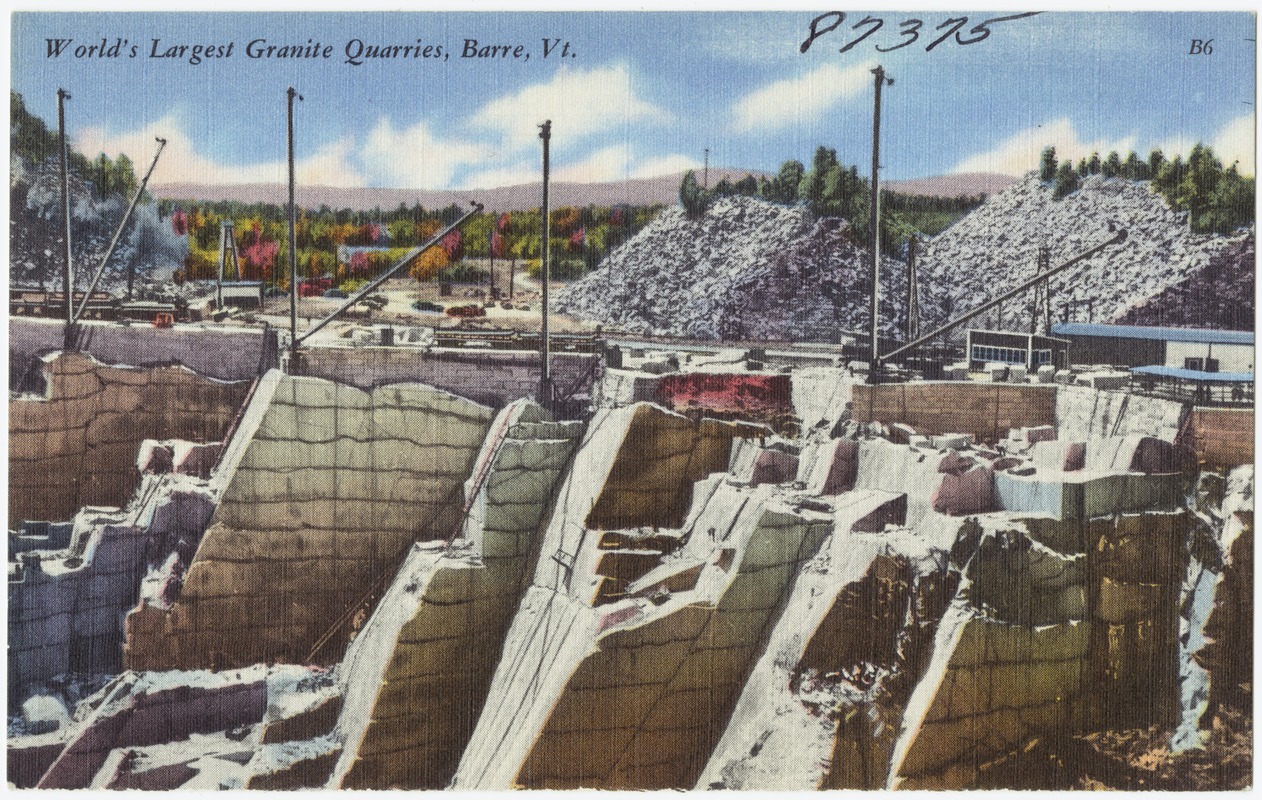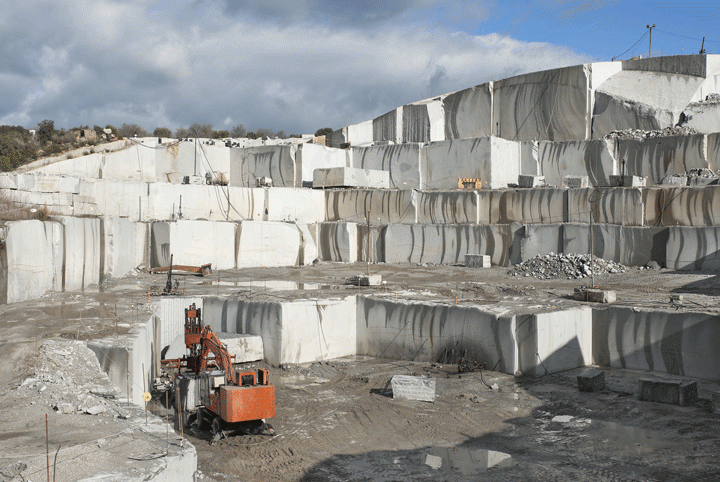Introducing Granite Quarries in South Africa Heritage: A Trip Via Quarries
Revealing the Mysteries of Granite Quarrying: Where Toughness and Elegance Meet
The world of granite quarrying is a realm where the raw stamina of nature merges with human artistry to create structures that stand the examination of time with an air of style. From the midsts of quarries to the meticulous polishing in workshops, the process of transforming granite into building wonders is an intricate dancing of practice and innovation. As we peer into the depths of this ancient craft, we begin to discover the concealed details that form the really significance of our built environment.
The Origins of Granite Quarrying
In the annals of architectural history, the origins of granite quarrying are shrouded in a tapestry of ancient workmanship and geological wonders. Going back to old Egypt and Mesopotamia, the removal of granite from quarries noted the start of a trip that would ultimately cause the development of a few of the world's most famous structures.
Granite quarrying's roots can be traced to the experienced artisans who recognized the rock's longevity and visual allure. With a combination of primitive tools and sheer resolution, these very early quarry workers unearthed granite blocks that would certainly become the structure blocks of worlds.
As people advanced, so did the techniques of quarrying granite. The Romans, renowned for their design prowess, developed sophisticated approaches for removing granite to build monuments, temples, and roads that stood the test of time.
The heritage of these old quarrying methods remains to form modern architecture, with granite continuing to be a sign of strength and elegance in building and construction jobs around the globe. (granite quarries in south africa)
Devices of the Quarrying Trade
The evolution of granite quarrying strategies from ancient civilizations to modern-day times highlights the vital role played by the devices of the quarrying sell forming the market's practices. In old times, quarrying tools were fundamental, typically consisting of knives, hammers, and wedges made from materials like bronze or iron. These devices required substantial manpower and time to essence granite obstructs from quarries.

In addition, the intro of pneumatically-driven devices and high-powered equipment has considerably minimized the physical labor needed in quarrying operations, enhancing worker safety and security and performance. As the quarrying sector remains to innovate, the tools of the trade continue to be at the center of driving development and shaping the future of granite extraction.
Removing Blocks of Granite
Making use of accuracy machinery and advanced strategies, the removal of granite blocks from quarries has come to be an innovative process in the modern quarrying sector. The first step involves recognizing the place and size of the granite down payment to figure out the most efficient removal technique. Once an ideal site is selected, the removal process starts with the boring of holes for the positioning of dynamites. Regulated blowing up techniques are after that employed to disintegrate the granite into convenient areas.

Sprucing Up and Finishing Strategies
To accomplish a remarkable surface on granite blocks, proficient artisans utilize a collection of meticulous polishing and completing strategies. After the initial extraction and forming procedures, the granite blocks undergo a complete sprucing up phase to improve their all-natural elegance and durability.
In addition to sprucing up, ending up techniques are applied to additional fine-tune the granite's look. These strategies might include flaming, developing, or brushing, each offering special appearances and coatings to view it suit different aesthetic preferences. Flaming, as an example, includes subjecting the granite surface area to heats to develop a harsh, distinctive coating, perfect for exterior applications where slip-resistance is essential. Honing, on the other hand, offers a matte finish that is smooth to the touch, ideal for indoor countertops and flooring. By thoroughly selecting and applying these polishing and finishing techniques, craftsmens can change raw granite obstructs right into charming pieces that showcase both strength and elegance.

Environmental Influence and Sustainability
With the growing focus on environmental consciousness in the sector, granite quarrying practices are progressively looked at for their effect on natural deposits and long-term sustainability. Quarrying for granite can have considerable ecological implications. The removal procedure frequently includes the usage of heavy machinery, dynamites, and huge amounts of water, resulting in environment devastation, dirt erosion, and water contamination. Furthermore, the transport of granite from quarries to processing facilities produces carbon discharges, better adding to environmental degradation. granite quarries in south africa.
To alleviate these influences and make certain sustainability in granite quarrying, sector stakeholders are taking on numerous actions. Implementing advanced technologies to reduce power intake and water use, redeeming quarried land for eco-friendly repair, and advertising accountable sourcing methods are some techniques being employed. Furthermore, certifications such as the Woodland Stewardship Council (FSC) and the Management in Power and Environmental Style (LEED) help check it out consumers recognize eco pleasant granite products.
Verdict
Finally, granite quarrying is a process that needs specialized tools and strategies to extract blocks of granite and brighten them to a high level of coating. While the environmental influence of quarrying can be significant, initiatives are being made to boost sustainability techniques in the industry. On the whole, granite quarrying is a delicate equilibrium between taking advantage of the strength and sophistication of this natural stone while decreasing its effect on the setting.